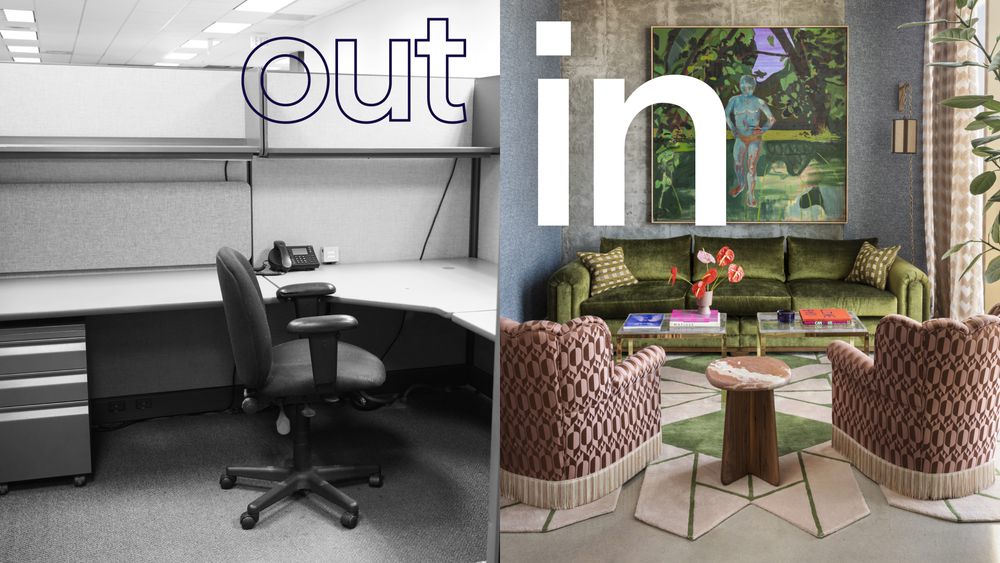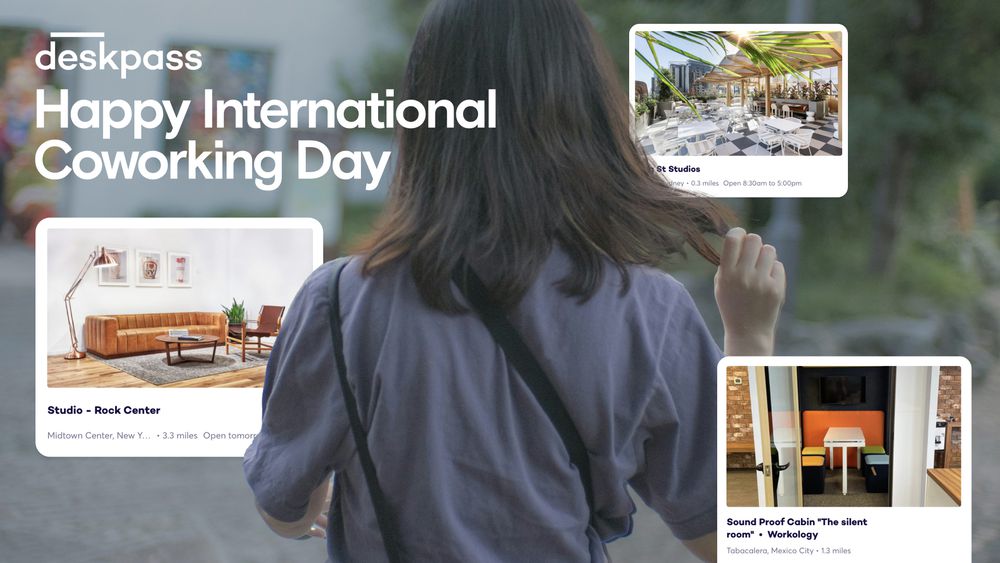Hybrid work is no longer a hopeful experiment. It’s a measurable, scalable, ROI-positive workplace strategy—and the numbers prove it.
Now, we’re in a new era where workplace leaders are asking sharper questions.
How does hybrid affect productivity? Does it actually save money? What does employee experience look like when people aren’t in the same building five days a week? The good news is, we’ve got the answers behind why hybrid work is thriving.
From Gut Check to Data Check: A New Era of Measurement
In the early days of hybrid work, decisions were made blindly. During the pandemic, they were made in survival mode. Policies were patched together, and productivity was gauged by “seems fine.” Years later, we’re in a different place.
Today, companies want proof, usually in concrete numbers. HR leaders want to show how hybrid strategies support performance, retention, and real estate ROI. So, it’s time to go beyond perks and offer strategic infrastructure. When measured right, hybrid work is delivering—on nearly every front.
1. Space: Utilization as an Efficiency Metric
We’ll start with the most basic consideration: space. According to CBRE, 80% of current office occupiers are maintaining some form of hybrid policy, and it’s fundamentally shifting how space is used. Office attendance no longer equals headcount. Instead, utilization is driven by policies, workstyles, and peak day patterns.
The result? Companies are designing offices for vibrancy, not maximum occupancy. And they’re saving money by right-sizing portfolios.
Meanwhile, 59% of organizations globally say they plan to increase investment in space design and fit-outs over the next five years—but that investment isn’t just about building bigger offices. It’s about building smarter ones.
The takeaway: Flex workspace models like Deskpass help companies stay nimble, using utilization data to match space to actual demand—without overbuilding or overcommitting.
2. Productivity: The Will to Work Better
Still worried hybrid might tank productivity? Stanford’s 2024 randomized controlled trial—led by renowned economist Nicholas Bloom—found that hybrid employees (in-office three days per week or fewer) were just as productive as their in-office peers. The study tracked more than 1,600 workers over a six-month period at Trip.com and found no drop in performance or promotability.
Even more interesting? Retention went up. Resignations dropped 33% among hybrid workers, especially among women, non-managers, and long commuters. So, not only are hybrid employees delivering results—they’re also sticking around longer.
3. Focus: A Better Caliber of Work
Productivity isn’t just about the output itself. We have to consider how we get there. According to Microsoft’s 2025 Work Trend Index, employees who have greater control over their environment (where and how they work) see a 32% increase in focus time. (From where we sit, that’s huge!)
Interruptions are constant today (email, chat, notifications, meetings), so the ability to choose a quiet coworking corner or shift locations based on the task is a convenience teams appreciate. It’s the perfect blend of comfort and concentration. Companies that enable this flexibility are seeing returns not just in morale, but in meaningful work getting done.
4. Cost: Spending Smarter (and Leaner)
One of the strongest business cases for hybrid work is financial. CBRE’s hybrid workplace math reveals that companies shifting to hybrid can save 10% to 50% in space costs by reducing their real estate footprint, improving utilization, and reallocating resources to support better technology and employee experiences.
A quick example: A traditional office lease for a 50-person team might run $35–50/sq. ft. annually. With flex spaces and hot desks, that team could reduce cost per seat by up to 40%. Add in utilities, furniture, maintenance, and fit-out costs? The savings stack up fast.
And with Deskpass-style access models, companies aren’t paying for unused space—they’re paying for what they use, where and when they need it.
5. Retention: Talent That Sticks Around
Space, spreadsheets, and number-crunching is important for businesses, but they also must consider an employee’s time. According to a Resume.io analysis, the average New Yorker saves over 331 hours per year by skipping the daily commute. That’s nearly two full weeks of time back. California remote workers collectively save over 876 million hours annually.
That time isn’t just valuable—it’s sticky. It increases job satisfaction, reduces burnout, and supports better work-life balance. In a tight labor market, that matters. For companies struggling with attrition or trying to attract top talent, offering hybrid flexibility is a strategic investment.
What the Data Tells Us, Loud and Clear
How can you use all this data? Start by pulling out the signals that matter most. Here are a few big ones:
Space: Instead of simply considering how much space you have, consider its actual use. Utilization metrics are replacing square footage as the true measure of efficiency, especially as peak office days shift and fluctuate.
Productivity: The myth that remote or hybrid workers slack off? That’s been debunked. Research from Stanford and others shows that hybrid workers are equally productive, and in some cases, even more effective thanks to reduced distractions and greater control.
Focus: When employees can choose where and how they work, they find more time for heads-down, meaningful output. Studies show an increase in focus time when workers control their environment—proof that flexibility fuels flow.
Cost: The traditional lease model is bloated. Hybrid workplace strategies—with flex access built in—lower your cost per seat and eliminate unnecessary spend on underused real estate. It’s leaner, smarter, and much easier to scale.
Retention: Time saved equals loyalty earned. When employees avoid hours of daily commuting, they’re less likely to burn out and more likely to stick around. Reduced attrition is both a morale and a financial win.
Where’s the catch? There isn’t one—unless you’re still trying to force a 2015 office model onto a 2025 workforce.
How Flex Space Keeps Hybrid Teams and Companies Happy
Even the best hybrid policy fails without the right infrastructure to support it, and flex workspaces are the answer. Deskpass’ user-friendly platform gives companies instant, reliable access to coworking spaces, private offices, and meeting rooms in hundreds of cities—without the long-term commitments or high overhead. From New York to Nashville to New Delhi, your team can check in, settle in, and get to work seamlessly.
It’s the connective tissue between remote and on-site. It gives teams somewhere to land, connect, and focus—on their terms.
Need to onboard a new hire in Denver next week? Want to host a strategy session in a beautiful boardroom in Boston? Trying to support a remote worker who occasionally needs a quiet space near home? Consider it done, all in a matter of clicks—Deskpass lets you deliver on your hybrid promise without building a new HQ every time your org shifts.
Hybrid Is Strategic, and It’s Here to Stay. Embrace It.
For anyone still skeptical, here’s the truth: The data is in and the ROI is clear.
Hybrid work has already been proven as a measurable model with hard benefits across productivity, cost, engagement, and retention. With the right tools—like flexible workspace access—you don’t have to choose between structure and autonomy, cost and experience, focus and flexibility. You get both.
Support your hybrid strategy with space that actually works. Sign up for Deskpass and explore coworking spaces near you today.


